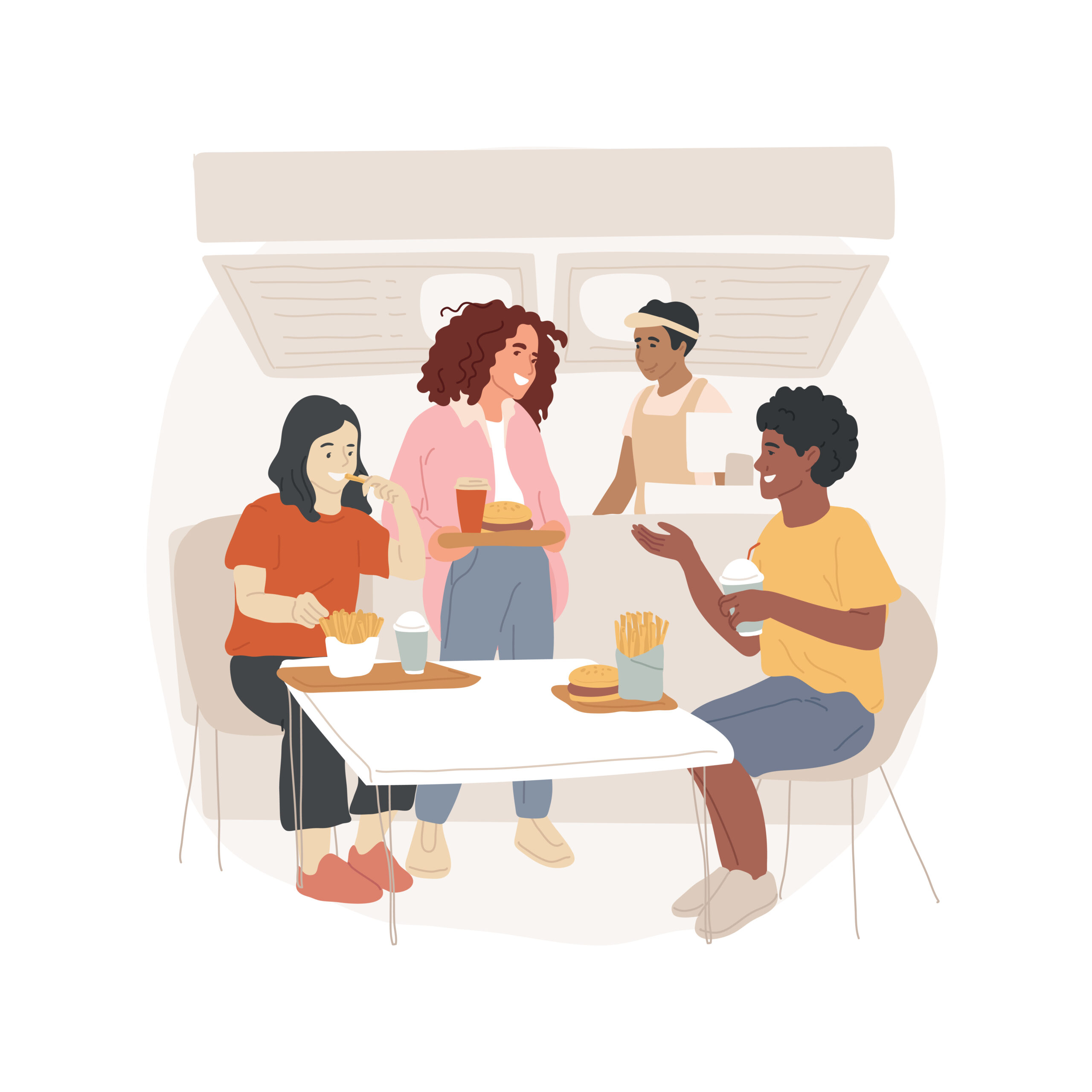In the 1940s, a landmark health project quietly began in a small town west of Boston. Known as the Framingham Heart Study, this ongoing research would become one of the most important medical studies in history, linking lifestyle, environment, and relationships to health outcomes. While its original purpose was to identify risk factors for heart disease, one of its most compelling revelations had little to do with cholesterol and everything to do with connection.
The data was clear: isolation kills.
People with strong social networks, friends, neighbors, and emotional bonds lived longer, were happier, and were significantly less likely to suffer from chronic illness. Meanwhile, those who were socially isolated faced higher risks of heart disease, stroke, cognitive decline, depression, and early death.
The implications of this truth echo far beyond cardiology. They reach into the heart of one of the most pressing challenges in higher education today: the epidemic of loneliness among college students.
The Most Dangerous Time in a Student’s Life
Research shows that the first six weeks of college, what I call the “First 45 Days,” are a make-or-break window for a student’s future. It’s during this period that students form their first connections… or don’t. And the difference can determine whether they thrive, transfer, or drop out.
Many institutions focus on academic readiness and financial aid, but few have a strategy for social integration, and fewer still understand how powerful the dining program can be in this equation.
That’s where SOCIAL ARCHITECTURE™ comes in.
Dining as the Frontline of Connection
At Porter Khouw Consulting (PKC), we’ve pioneered a new model for campus dining called Next Generation Residential & Retail Dining, a blueprint intentionally designed to cure isolation and engineer human connection. We call it SOCIAL ARCHITECTURE™ because it treats dining not as a transaction, but as a social experience with measurable outcomes.
We don’t design dining halls; we design catalysts for friendship.
Why dining? Because it’s the only place on campus where every student must go, every single day. Unlike orientation events, club fairs, or wellness programs, which reach a subset of motivated students, dining has the power to impact everyone. It is the most underleveraged opportunity in higher education to shape behavior, culture, and well-being.
Mini Blue Zones: An Institutional Obligation
You’ve likely heard of the world’s Blue Zones, regions where people live longer, healthier lives, not just because of what they eat, but how they eat, who they eat with, and the sense of belonging that surrounds every meal. Sardinia. Okinawa. Loma Linda. What these communities share is not a fad diet, but a deep culture of social connectedness, routine movement, and emotional well-being.
It’s time for colleges to create Mini Blue Zones on campus. And the most natural place to begin is the dining program.
This isn’t just a wellness initiative. It’s an institutional obligation.
When a school invests in Social Architecture™, it’s not just improving food quality or aesthetics. It’s saving lives. It’s increasing retention. It’s reducing anxiety. It’s preparing students to thrive, not just academically, but emotionally and socially.
And the ROI is massive.
Isolation Is a Risk Factor and a Symptom of Failure
The Framingham Heart Study helped the world understand that isolation is as dangerous as smoking 15 cigarettes a day. For college students, the consequences can be just as severe. Loneliness isn’t just uncomfortable; it leads to lower GPAs, decreased persistence, increased substance abuse, and even suicidal ideation.
But here’s the most tragic part: it’s preventable.
We know how to reverse it. We know how to rewire campus culture to prioritize connection. We’ve done it on over 400 campuses across the U.S. and Canada. And it starts with transforming dining from a utility into a hub of social well-being.
What Does SOCIAL ARCHITECTURE™ Look Like?
- Open, inviting layouts that encourage lingering, talking, and communal seating, think food halls over traditional cafeterias.
- Multiple touchpoints for face-to-face interaction, coffee kiosks, chef tables, rotating pop-ups, and late-night bites.
- Meal plans that remove friction, such as Anytime Dining models that allow students to eat with others when the opportunity arises, not just when their swipes permit.
- Programming with purpose, shared dining experiences, themed dinners, and social events that foster peer engagement.
- Design that welcomes and includes, particularly for first-generation, commuter, or neurodivergent students who often struggle to feel like they belong.
It’s not just about food. It’s about forming friendship networks that become a buffer against stress, loneliness, and failure.
What Happens When Schools Don’t Act
When schools treat dining as a cost center instead of a culture center, they miss their most strategic opportunity to influence student success. Meal plans become unpopular. Students seek medical exemptions. Dining halls are empty. The community fragments. And retention suffers.
Meanwhile, food service contractors overpromise and under-deliver, cutting corners, offering poor service, and running out of food during peak hours, further degrading the experience and driving students away.
Our Success Fee Guarantee model at PKC is built to change this. We eliminate financial risk by ensuring that schools only pay when we increase their bottom-line value. But more importantly, we align the dining program with the institution’s highest mission: helping students succeed in life.
From Survival to Significance
College should be a launchpad for personal and professional success. But for too many students, it’s a lonely, transactional, and emotionally exhausting experience. We can do better. We must do better.
The cure is already within reach. Just as the Framingham Heart Study taught us that connection saves lives, SOCIAL ARCHITECTURE™ proves that campus dining can create it, consistently, intentionally, and measurably.
The next generation of campus dining isn’t just about menus and margins. It’s about meaning.
Dining is not about food. It’s about who we become when we share it.
Let’s build Mini Blue Zones together.
Let’s make isolation a thing of the past.
Let’s design dining that saves lives.


